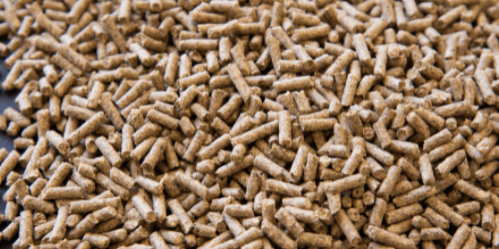This is a question that plagues the deer world this time of year. The temperatures are cold in most of the whitetail’s range, seasons have come to a close, and hunters are anxiously awaiting Spring to chase turkeys and plant summertime food plots. As the cabin fever sets into overdrive, the internet fires are stoked with inquires on all the habitat groups asking “what is the best supplemental feed?”, “When should I supplemental feed?”, “what grows the biggest antlers and is best for pregnant does?”, and the list goes on.
However, the one question that is often not asked is, “how much supplemental feed would I need to feed, per whitetail that visits the feed location, to add any quantifiable gains in weight or antler size?”. I started to wonder about this very question myself and went to search out the answer. When looking for this type of answer, there is only one place my mind goes, and that is Mississippi State University, Deer Lab. The MSU Deer Lab is one of the most well-respected deer research facilities in the United States, and they did not disappoint in providing information on this topic as well.
Way back on podcast number 34, “Want to start a supplemental feeding program” – they interviewed deer biologist Donnie Draeger. Donnie created a study where they could measure the impacts of supplemental feeding on a deer herd, the results were jaw-dropping. Donnie was able to impact wild whitetail deer positively with supplemental feed. The caveat is that the results he achieved were through such an intense feed program and monetary commitment, it is far beyond even the most dedicated land manager’s budget (Donnie himself admitted this on the podcast). Budget aside, the time commitment to feed hundreds of tons of food a year (yes, you read that correctly -TONS OF FEED) would make this virtually impossible – even for those who could afford the feed bill.
So, when it comes to supplemental feeding are you making a difference in antler growth or body size, chances are, probably not. I am ambivalent about my feelings about supplemental feeding. Although I realize my efforts are not going to make a major impact on the deer herd. I do enjoy surveying the herd, via trail camera all winter long at one or two specific feeding locales. This allows me to see what deer survived, higher likelihood of finding shed antlers in the given area they are feeding, a high number of pictures, great quality pictures, numerous picture angles of specific bucks, and various other benefits.
There are of course “cons” as well to these types of programs. For one, the cost and time to feed can be tremendous. As mentioned above there is no science that backs any significant positive impact due to supplemental feeding (unless you can feed exorbitant amounts of high-quality feed and even then, there are other variables at play). The potential spread of disease is also something that we all should be cognizant of, especially with increasing CWD cases throughout new states in the Midwest (note – I am not here to create a CWD debate – for more information on CWD, please talk to your State DNR offices).
Lastly, the idea of dumping large amounts of feed for deer to consume is unnatural. Whitetail deer are concentrate selectors, which means they feed on native browse and forbs as they slowly meander through the area they inhabit. Dumping food where deer simply can stand and eat (similar to livestock), goes against many of the naturalist ideologies, which are implemented in other aspects of sound habitat management. This can create a moral dilemma for the manager, no one wants to feel like a hypocrite, and this is an area where worlds seem to collide. By having the information above about the overall lack of benefits to the whitetail deer that are achieved through supplemental feeding, this may be an area where a manager can feel better about no longer “needing” to feed, therefore removing the moral dilemma previously mentioned. I will note, that if it is a legal bait state, and a hunter is baiting to increase their likelihood of harvest – that is a different conversation for another day.
In conclusion, if you are going supplemental feed ensure it is legal in your state. Set goals that are commensurate with your time, money, genetic antler potential (specific to your region), and keep your expectations realistic. My hope is this is found useful and this information allows the reader to prioritize his/her plans this winter. Possibly, if the land manager finds themselves choosing between running a saw to open the canopy or spending time filling feeders, the land manager will now decide to LET THE SAW EAT!
One tree, plant, acre at a time!
Hunt hard, manage habitat harder!
AT
If you are looking for feed or chainsaw supplies – checkout the Amazon Affiliate link below, where you can support Habitat Podcast! We appreciate your support.
Source – https://extension.msstate.edu/content/episode-034-want-start-supplemental-feeding-program-0

